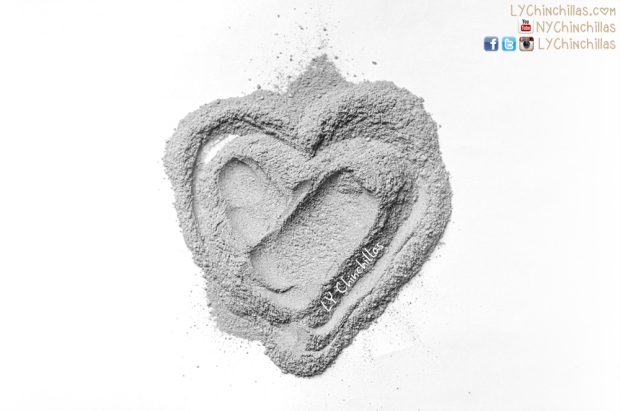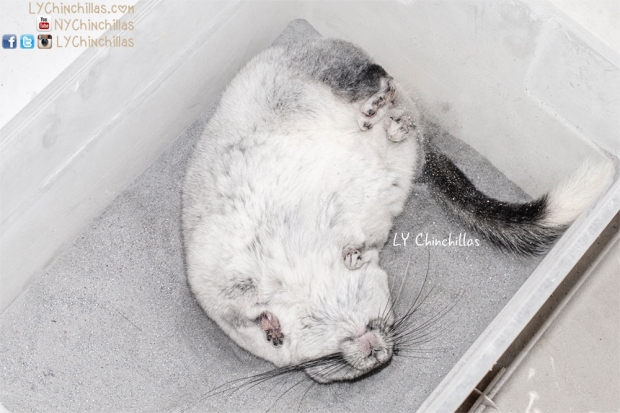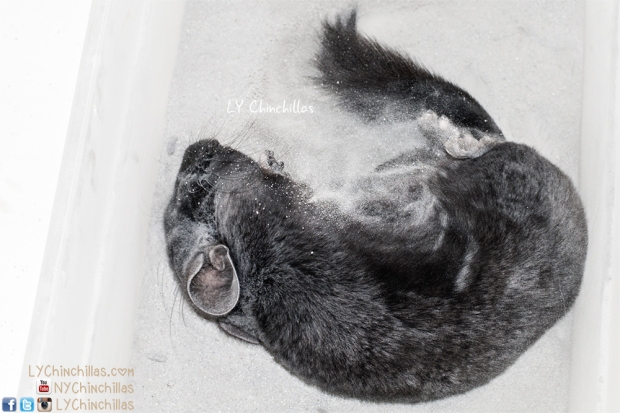During apple-picking season, you may be compelled to think about your fluffs while you’re out with friends and family, gathering delicious ripe fruits by the handful. I certainly always think about my chinchillas, especially when I’m out and about in nature! As my fluffs are indoor pets, I always dream up ways to bring a taste of the outdoors to them. On occasion, one way I do that is by preparing delicious chin-safe woods with organic, pesticide-free wood. Multitasking in the orchard is always a challenge, but the chins will thank you! 🙂

Because apple wood is an absolute favorite for all my chin-babies, I love to source what I can during the season from healthy apple trees at local, untreated orchards in upstate NY or eastern CT. I’ll always ask the orchard manager if it’s okay for me to snip some branches from the trees as I’m picking my fair share of apples, and 9 times out of 10, they’ll comply with a smile. I aim mostly for twigs and sticks – the thinner, the better, as those are plentiful and easy to collect (and the chins love destroying twiggies!). Plus, smaller sticks and twigs are easier to manage when you’re preparing the wood for chewy consumption. Be sure to snip live branches, as those are the safest for your chins to chew once properly prepared.

When you’ve gathered your arsenal of future treats, the first step is to break or cut them to size – delectable treat size, that is! I usually aim for 4-5″ in length, because they fit so perfectly in those adorable chinchilla paws. 😛 Place the pre-sized goods into a container of hot water, and use a clean toothbrush or scrubber to remove tannin and lichen from the sticks. You may have to rinse and repeat several times until the water runs clear over the sticks. Alternatively, you can opt to boil your pre-cut wood for 15-20 minutes, rinse, and scrub. Boiling the wood will help sanitize them better than hot water alone. It’s also fine to use a combination of these methods, as long as you fully implement one or the other.

After a final rinse, air dry the sticks over a towel. Once the sticks are completely dry to the touch, evenly space the sticks over aluminum foil or a tin pan, and place your chin-treats in the oven. Baking the wood is a matter of personal preference: some like to bake at an extended period of time on the lowest possible temperature, while others are more aggressive with the baking process. The most common range of temperatures fluctuate from 170 degrees to 300 degrees Fahrenheit.

While chinchilla owners have their own preferences, I suggest trying out a few different temperatures to determine your favorite. Keep in mind that time and temperature can – and should – vary, depending on the thickness of your wood and overall quantity. I generally like to veer in the middle, around 230 degrees for as long as possible. I constantly keep the oven light on and check for any smoking bark. I’ll rotate the sticks or coins every half hour or so. Eventually, you’ll be able to see or test whether or not the wood is done – coins may be cracked, wood will be dry to the touch, and twigs will snap crisply and easily.

Finally, turn off your oven and remove your sticks to cool. Once cooled, store your wood in a cardboard box and keep your goodies handy in a cool, dry place close to your chinnies. Or, you could work on some more DIY projects, such as creating hanging toys from your delicious woods! They’ll thank you for all your hard work – or at the very least, they’ll delight you with their happiness as they’re munching away! 🙂


LY Chinchillas Treat Donation
Donate healthy, delicious treats to LY Chinchillas to help keep our content going!
$5.00























